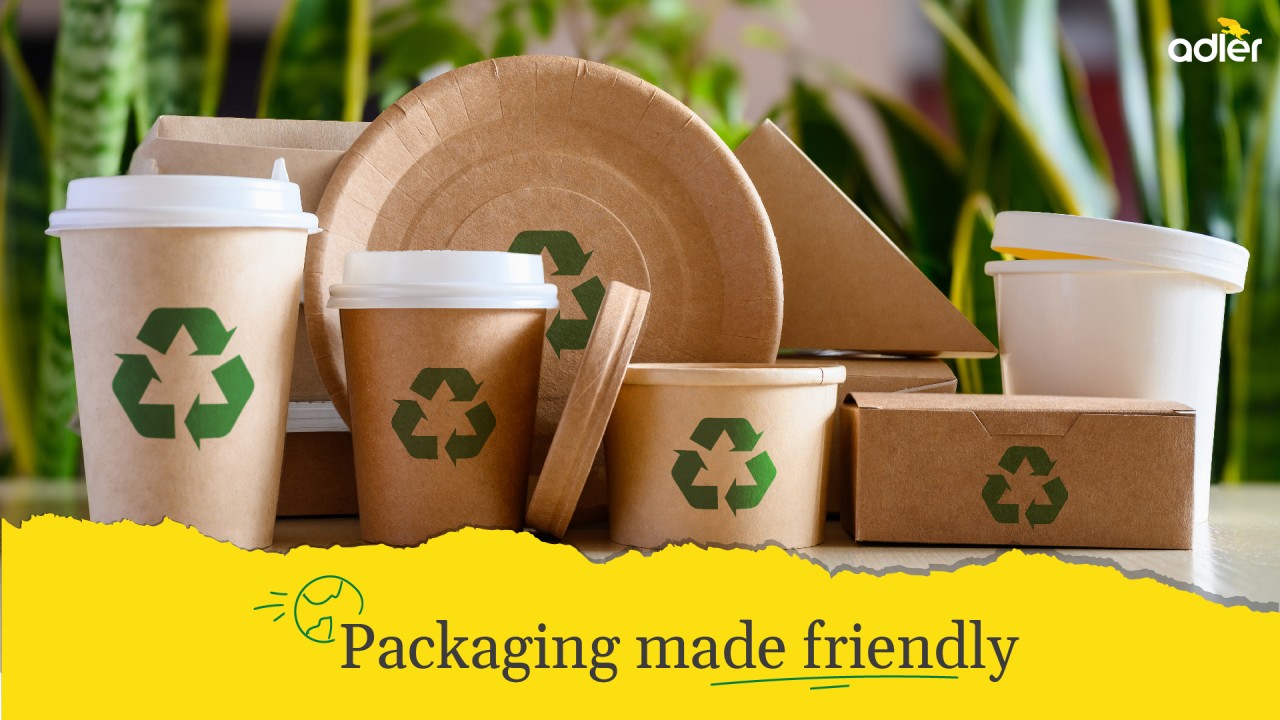In an era where environmental consciousness is paramount, businesses are increasingly turning to eco-friendly packaging solutions to meet consumer demands and regulatory requirements. These innovations not only reduce environmental impact but also offer economic and branding benefits. Here are seven key eco-friendly packaging solutions transforming industries worldwide.
1. Biodegradable and Compostable Materials
Biodegradable and compostable packaging materials are rapidly gaining traction as sustainable alternatives to traditional plastics. Materials such as cornstarch, bamboo, and mushroom fibers offer significant environmental advantages by breaking down more quickly and reducing landfill waste. These materials are particularly beneficial in sectors like food and personal care, where single-use packaging is prevalent. Their adoption helps businesses align with growing consumer preferences for eco-friendly products and comply with increasing environmental regulations.
2. Seaweed-Based Packaging

Seaweed-based packaging is an innovative solution that addresses the environmental challenges posed by plastic waste. Derived from renewable marine resources, seaweed packaging is biodegradable and can decompose naturally, leaving no harmful residues. This type of packaging is particularly suitable for the food and beverage industry, offering a sustainable alternative to conventional plastic wraps and containers. The use of seaweed-based packaging not only reduces reliance on fossil fuels but also supports marine ecosystem health by minimizing ocean-bound plastic waste.
3. Reusable and Refillable Packaging Systems
Reusable and refillable packaging systems are gaining popularity as businesses seek to reduce single-use plastic consumption. These systems involve containers that can be returned, cleaned, and reused multiple times, thereby extending the lifecycle of the packaging. Industries such as food and beverage, personal care, and e-commerce are adopting these systems to minimize waste and promote a circular economy. By implementing reusable packaging, companies can reduce material costs, enhance brand loyalty, and contribute to environmental sustainability.
4. Smart Packaging Technologies
Smart packaging technologies integrate digital features into packaging materials to enhance functionality and consumer engagement. Features like QR codes, Near Field Communication (NFC) tags, and augmented reality (AR) interfaces provide consumers with detailed product information, recycling instructions, and brand storytelling through smartphones. These technologies not only improve user experience but also reduce the need for printed materials, thereby decreasing paper waste. Additionally, smart packaging can optimize supply chain management by providing real-time data on product conditions and inventory levels.
5. Minimalist Packaging Designs
Minimalist packaging designs prioritize simplicity and efficiency, using fewer materials and reducing excess packaging. This approach not only conserves resources but also appeals to eco-conscious consumers who value sustainable choices. By eliminating unnecessary layers and opting for compact designs, businesses can reduce their environmental footprint and lower production costs. Minimalist packaging also enhances product visibility and brand recognition, as clean and straightforward designs often stand out on store shelves.
6. Plant-Based Inks and Dyes

The use of plant-based inks and dyes in packaging is an eco-friendly alternative to traditional petroleum-based options. These inks, derived from renewable plant sources, are biodegradable and less toxic, reducing environmental pollution during production and disposal. Incorporating plant-based inks and dyes into packaging materials ensures that all aspects of the packaging process align with sustainability goals. This practice not only minimizes the environmental impact but also appeals to consumers seeking products with reduced chemical exposure.
7. Circular Packaging Models
Circular packaging models emphasize the reuse, recycling, and regeneration of materials, aiming to create a closed-loop system where waste is minimized. Innovations like take-back programs, refill stations, and packaging designed for easy recycling are becoming more prevalent. By adopting circular packaging practices, businesses can reduce resource dependency, lower costs, and contribute to a more sustainable economy. This approach also fosters consumer trust and loyalty, as customers increasingly support brands committed to environmental stewardship.
Conclusion
The shift towards eco-friendly packaging solutions is reshaping industries by promoting sustainability, reducing waste, and enhancing consumer engagement. From biodegradable materials and seaweed-based packaging to smart technologies and circular models, these innovations offer practical and effective ways for businesses to align with environmental goals. By embracing these solutions, companies not only contribute to a healthier planet but also position themselves as leaders in the evolving marketplace, meeting the demands of conscious consumers and regulatory bodies alike.


